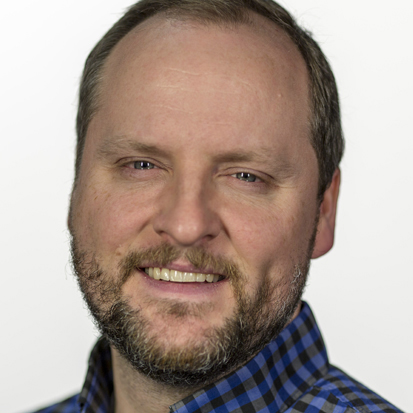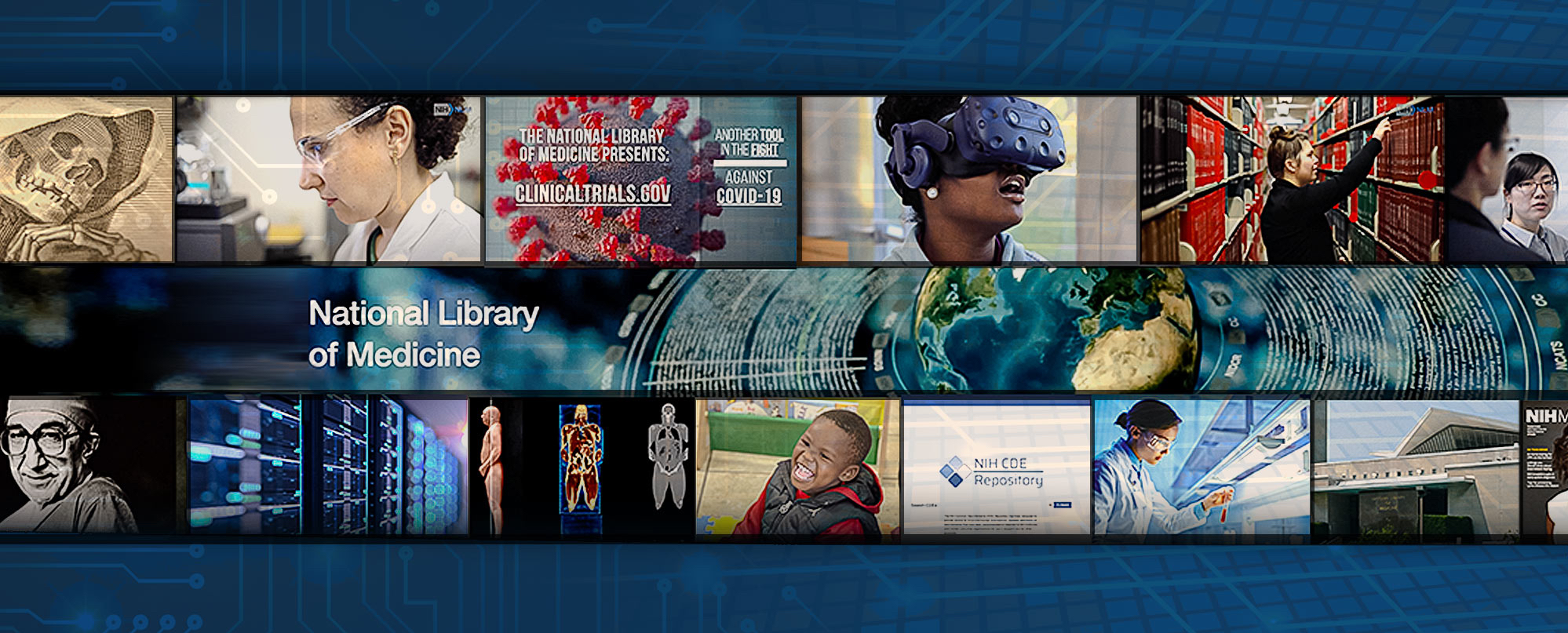Guest post by Andrew Wiley, Video Producer, NLM Office of Communications and Public Liaison.
Before the COVID-19 pandemic, visitors from all over the world came to NLM for free, in-person, guided tours to learn about the largest biomedical library in the world. Visitors ranged from members of the public to students, educators, scientists, and nurses. They were introduced to many of NLM’s exciting research and information resources, such as the Visible Human Project — a library of digital images representing the complete anatomy of a man and a woman allowing visitors to discover a new perspective on the human body. Visitors could also explore the NLM Data Center, which houses the vital databases visitors know and love, such as PubMed, ClinicalTrials.gov, MedlinePlus, and GenBank.
NLM is not your typical library. During tours, visitors could interact with the investigators in our NLM Intramural Research Program who are using computational biology and computational health science approaches to solve biological and clinical problems. Visitors could also descend into the underground stacks to see medical librarians scanning the world’s largest collection of scientific and medical literature. They could also view some of the world’s oldest and rarest medical books in NLM’s extensive historical collections — discovering just a few of the features that makes NLM so unique.
While the pandemic put a temporary stop to our ability to continue with physical tours of NLM, we know that visitors are eager for a virtual alternative. That’s why we created our new NLM Welcome Page.
This is where you can start your virtual tour and explore NLM’s offerings and resources. Here you can embark on a journey to explore some of what NLM has to offer through webpages that guide you from the world’s richest collections of historical material to the most cutting-edge data of the 21st century.
We want you to be able to experience NLM’s past, present, and future, and continue to see how NLM’s research and information services directly support scientific discovery, health care, and public health.
NLM is committed to serving scientists and society. What would you like to explore at NLM?

Andrew Wiley is a video producer and writer for NLM’s Office of Communications and Public Liaison. Before joining NLM in 2008, Andrew produced local television in Frederick, Maryland and worked as a video journalist for The Frederick News-Post.
Video Transcript (below):
Hello, I’m Dr. Patti Brennan. I’m the Director of the National Library of Medicine.
As a nurse and an industrial engineer, I’ve spent my career making sure that information is available to help people make everyday health choices and to support biological and medical discoveries.
At the National Library of Medicine, we provide trusted information to scientists, to society, and to people living every day with healthcare challenges.
For over 200 years, the National Library of Medicine has been a partner in biological discovery, clinical care decision making, and health care choices in everyday living. We began humbly as a small collection of books in the 1800’s and now have grown to massive genomic databanks accessible worldwide every day by millions of people.
As one of the 27 Institutes and Centers here at the National Institutes of Health, we have three primary missions:
- First, we have researchers that develop the tools that translate health data into health information and health action.
- Second, we serve society by collecting the world’s biological and biomedical literature making it useful to scientists through our PubMed resource, and to everyday people through MedlinePlus.
- Finally, we have a mission for outreach to make the National Library of Medicine’s resources accessible to everyone through our 7,000 points of presence around the United States. We make sure that the resources of the National Library of Medicine are available through public libraries, through hospital libraries, and in schools and clinics.
Making all of the resources of the National Library of Medicine available to the public requires a very large workforce. We have over 1,700 women and men working here. We have librarians, computer scientists, researchers, and biological scientists. We have individuals who understand clinical care, and who understand how to educate the public. We work together to make sure we can deliver—24 hours a day, 7 days a week—trusted health information.
Thank you for visiting us today. We hope you will join with us as we begin our third century bringing health information to scientists and society, accelerating biomedical discovery, improving health care, and ensuring health for all globally.

